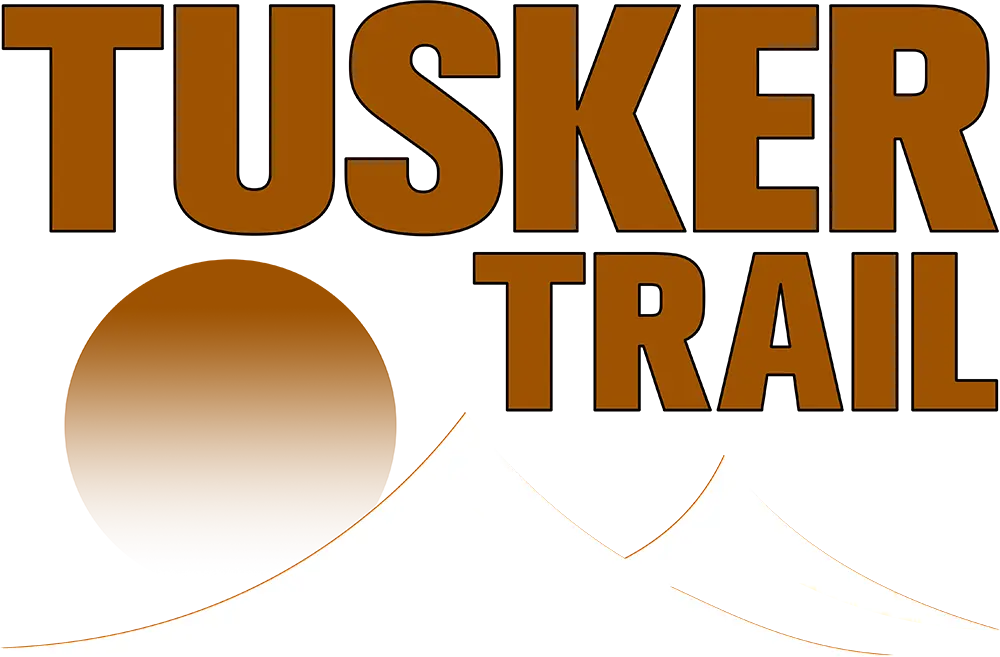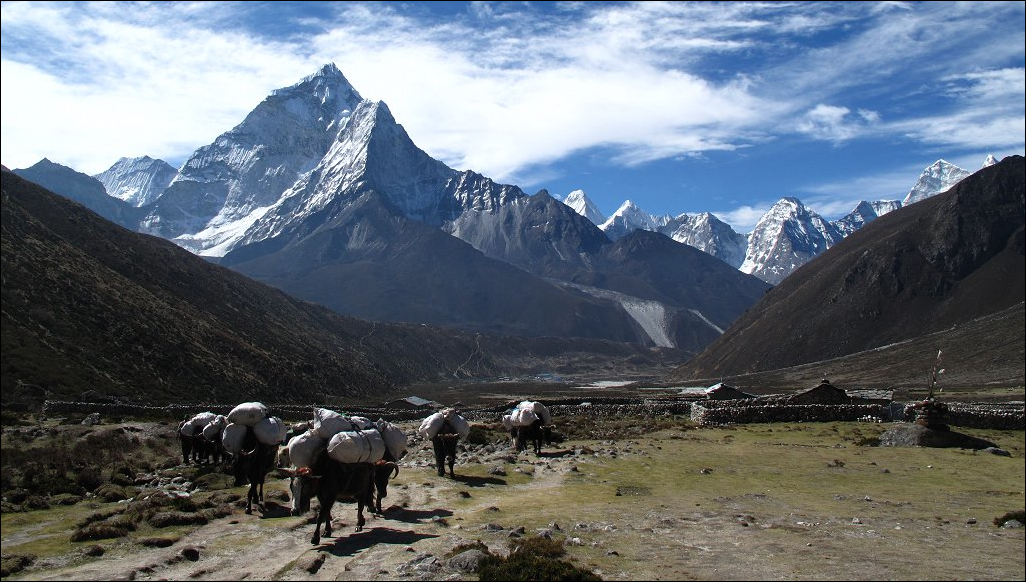What To Pack For Your Everest Base Camp Trek
Trekking to Everest Base Camp starts in Nepal’s Khumbu Valley in balmy April temps and ends in Mount Everest’s icy shadow. The trek requires a wardrobe that is quickly interchangeable to suit the diverse topography and climate you will experience on your 38 mile journey that starts at 9,000 feet and tops out at 17,500.
While you pack, remember you are not bagging Everest’s peak and don’t need the life-and-death expedition gear and clothes that summitteers lug. Light-weight hiking boots are fine, and you don’t need a sleeping bag to keep you warm at arctic temps. This is not a camping trip. You’ll be sleeping indoors at the small lodges which dot the Khumbu Valley. If your feet get cold you can buy down booties at Namche Bazaar. In other words, don’t stress about packing for this trek. Bring the essentials and know that you can adjust once in country if you have too.
Some Everest Base Camp trekkers over pack and bring non-essentials or duplicate items. Take pity on your yak and fill your pack with the right stuff.
A Woman for All Seasons
Tusker’s Asia guide Mel Kaida has led the Everest Base Camp trek many times, and her 36-liter Osprey pack is strategically stuffed with practical items that condense, are waterproof and keep you from sweating while keeping you warm. As tough as Mel is she packs an umbrella, a buff and warm fuzzy boots for the after-hike hours. She also includes her “big dog” (a thick Rab down parka), rain pants and gloves for the higher altitudes. The Rab jacket condenses into a football size stuff sack. Her trekking poles are easily packable and are an essential item to keep your knees happy throughout the long days on the trail.
Hot, Cold Layers
Starting at around 9,000 feet in relatively warm canyon country, mid-April can produce T-shirt weather. Forget wearing anything cotton; synthetics and light weight merino wool is the way to go. Merino wool has the “no-stink” factor, an important feature to your trekking companions. Learn how to layer starting with a light-weight, breathable short sleeve synthetic shirt. For women, a comfortable sports bra that doesn’t dig into your shoulders works well with a pack on your back. Before most of your gear gets packed, make sure it’s tested and ready for the trek, especially your boots. This means testing your stuff on trails around home – before you get on the plane.
As you gain altitude, the layering base should get heavier with merino wool as an essential item to keep your core warm. Mel is a big fan of sleeveless down vests, a down sweater and Darn Tough hiking socks.
Feet First
Your hiking boots should be waterproof, but they don’t need to be backpacking heavy. A light-weight comfortable boot will get to you to Everest Base Camp as long as they’ve been broken in with multiple hikes before the trip. Next to your boots, your socks are your second key packing item but easily overlooked. Sock liners are critical to prevent blisters so pack multiple pairs. Bridgedale, Injinji and REI all have decent sock liners. Darn Tough makes quality hiking socks, and their multi-day use without washing is a big plus on this long trek. Also, a pair of gaiters will help keep your feet warm, dry and keep scree out of your boots.
Staying Dry
In the upper reaches of the trek staying dry and warm is crucial. Gore-Tex gloves and fully zippered rain pants are essential if wet weather prevails. The zippered rain pants allow you to quickly get them on over your boots in a deluge. A top of the line rain shell is another key item and also serves as your windbreaker.
The Tusker-issued buff serves multiple purposes (scarf, hat, sweat band) and takes up little room in your pack. You can even buy them in multiple colors at markets along the route if you’re fashion-inclined.
For hiking pants, go for a dark and water resistant pair. “The black absorbs heat and hides the dirt,” Mel says in Tusker’s EBC packing video (watch below). Females should consider a pant that doesn’t have a fly or button so you can take them off quickly during bathroom stops along the trail.
Sun Protection
Sun protection can’t be overlooked. A shade hat, good UV sunglasses and frequently applied high SPF sunscreen are important. If you’re wearing prescription sunglasses, it’s a good idea to bring an extra pair. You don’t want to be stuck squinting from Lukla to EBC if you loose or break them.
It’s just not about getting there, but about doing it comfortably. Put thought and effort into packing for EBC as you do into your trek, but be careful to not over think or over pack. You’ll get thanks from your yak.



